During your trip to Varanasi, don’t miss a visit to one of the famous Ghats in the city. This article will give you an overview of the most famous ghats in the city, including Dasaswamedha Ghat, Assi Ghat, Manikarnika Ghat, and Harishchandra Ghat. The ghats of Varanasi are not just a place to bathe, but they are also important parts of the city’s history and culture. Each of the ghats has its own story, but most were constructed during the Maratha period. While some are public and others private, all are considered sacred, and visitors are encouraged to take a holy dip at any of them.
Dasaswamedh Ghat
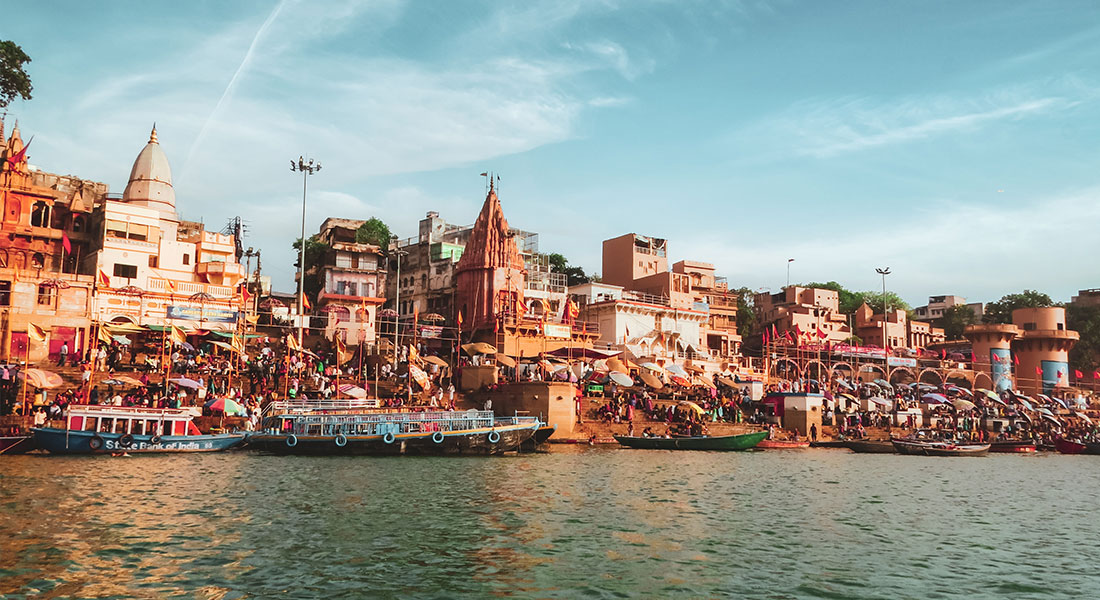
The Dasaswamedha Ghat is a sacred place with various religious rituals. The most popular ceremony, the Ganga Aarti, is performed here. Despite the fact that the ghat is popular as a destination for pilgrims, it is also a tourist spot. Its meditative ambiance is sure to relax the soul and create a positive experience.
The main Ghat of Varanasi, the Dasaswamedh Ghat, is located near the Kashi Vishwanath Temple. This is one of the oldest and most impressive ghats in Varanasi, and is associated with two mythological stories. It was also where Lord Brahma performed a yagya to call back the demigration of Lord Shiva. The ten horse sacrifices are a testament to its significance in Hindu tradition, and are performed here by the Bhara Shiva Naga rulers in the 2nd century.
The Dasaswamedha Ghat is a must-visit destination in Varanasi, India. Its unique beauty can be appreciated throughout the year. Although the weather in Varanasi is hot and humid, it is beautiful at any time of the year. The winter season in Varanasi lasts from October to March, and the summer season starts in April and ends in late September.
Assi Ghat
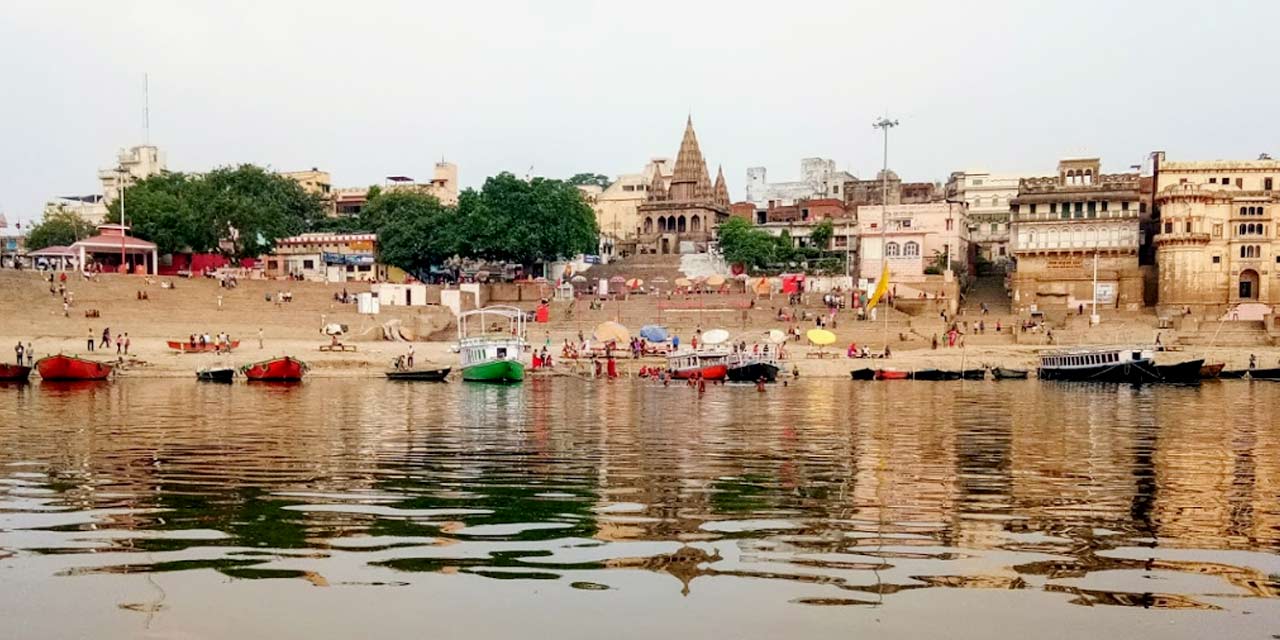
The southernmost of the Famous Ghats of Varanasin is Assi Ghat. This site is mentioned in Hindu sacred texts as the place where Goddess Durga cast her sword and created the River Assi. This site is also famous for the Aarti ceremony, which is performed by thousands of Hindu pilgrims every day. The river Assi is the source of the River Ganges, so the Aarti performed here is extremely auspicious.
This ghat is located at the southern end of Varanasi city and is of spiritual importance to Hindus. Hindus take bathes in this river before they pay homage to the God of the universe. A lingam of Lord Shiva is located under a nearby pipal tree. Visitors to Varanasi are advised to bathe here before visiting the temples in the city.
Suggested Tour Packages
- Varanasi Tour Packages
- Varanasi Spiritual Tour
- 3 Days Varanasi Religious Tour
- Varanasi Sunrise Ghat Tour
- Varanasi Tour from Kolkata
- Varanasi Tour from Bangalore
- 2 Days Ayodhya Allahabad Tour from Varanasi
Manikarnika Ghat

Manikarnika Ghat is one of the most popular sacrificial sites in the city. It is considered to be the most sacred ghat in India and is a popular location for cremation rituals. It is associated with the Hindu Deities, and it is said that Lord Vishnu dug a pit in the Ganges with his Chakra, and his consort Lord Shiva watched him dig the pit, and Manikarnika fell into it while she was preoccupied.
According to Hindu mythology, the Ghats of Varanasi are considered sacred by many. In fact, the Manikarnika Ghat is one of the oldest riverfronts in the city, and many believe that walking up to its edge will bring salvation for the dead. Many elderly people from all over India come here to make this wish come true, and scores of them make pilgrimages to the ghat every year.
Located in the heart of the city, the Manikarnika Ghat was paved by Sadashiv Naik in 1730 and is home to the Manikarnika Kund, once known as Chakrapushkarani Kund. The name comes from a valuable stone that was once part of Maa Parvati’s earring. Manikarnika is one of the five top Ghats in Varanasi and is included in the Matsya Puran.
Harishchandra Ghat
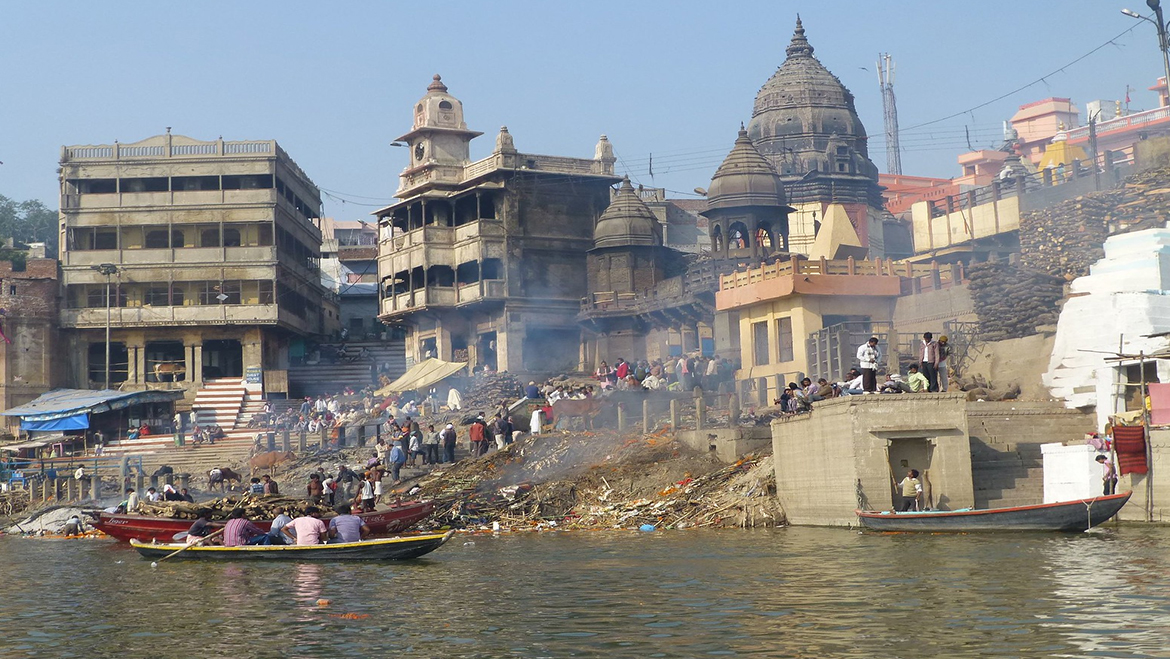
Dedicated to the Naga sage and founder of the Samkhya school of Hindu philosophy, the Pandey Ghat has many pilgrims, as well as a small palace. Although its rituals are fewer than other ghats in Varanasi, the place offers an excellent view of the city’s temples and the surrounding countryside. The Dhobis wash their clothes at the shoreline during the day.
The main Ghat in Varanasi is called Jantar Matar, and is where a variety of rituals are performed. It is said that the water flowing here is a ‘bridge’ between the spiritual and physical worlds. People come to Varanasi to die and hope their ashes will be dispersed in the Ganges.
Tulsi Ghat
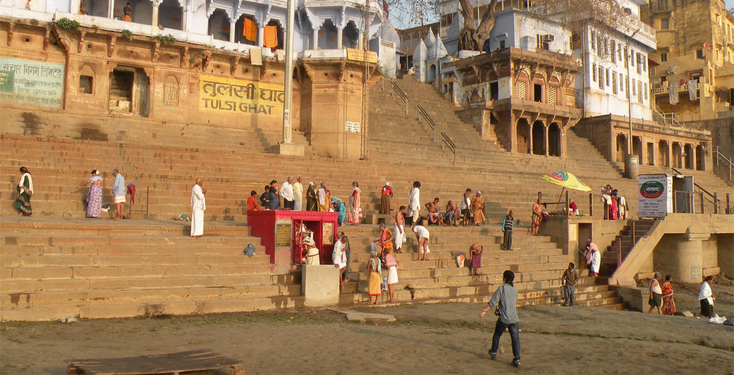
You must visit Tulsi Ghat in Varananasi at least once during your trip to the holy city. This holy ghat is considered one of the holiest places in India. You will find tulsiidaas and raamliilaas here, as well as the tulsii ghatt. These ghats are adorned with tulsiidaas, and the raamliilaa is a must-visit spot for any traveler.
Thousands of people come to the Ghat to perform worship of the Lord. The celebrations are so large that the streets of Varanasi become a riot during the Krishna Lila, a play celebrating the life of Lord Krishna. This dramatic event draws thousands of people to Tulsi Ghat every year. The Ghat’s religious and cultural significance is well represented by the presence of the temple dedicated to Lord Rama.
Previously known as Lolark Ghat, Tulsi Ghat is associated with the Hindu poet Tulsidas, who composed the Ramcharitramanas here. The house he built, as well as the boat made of wood, are now preserved on the Ghat. The Tulsi Ghat also boasts a guesthouse, a Sanskrit school, and a Cleaning Ganga laboratory. There are also wrestling matches on the Ghat.
Suggested Tour Itineraries
- Varanasi Tours
- 3 Days Varanasi Trip
- Varanasi Tour from Delhi
- Varanasi City Tour with Ganga Aarti
- Golden Triangle Tour with Varanasi
- Golden Triangle Tour with Haridwar & Rishikesh
- Golden Triangle Tour with Khajuraho & Varanasi
- Golden Triangle Tour with Varanasi and Udaipur
Dharbhanga Ghat
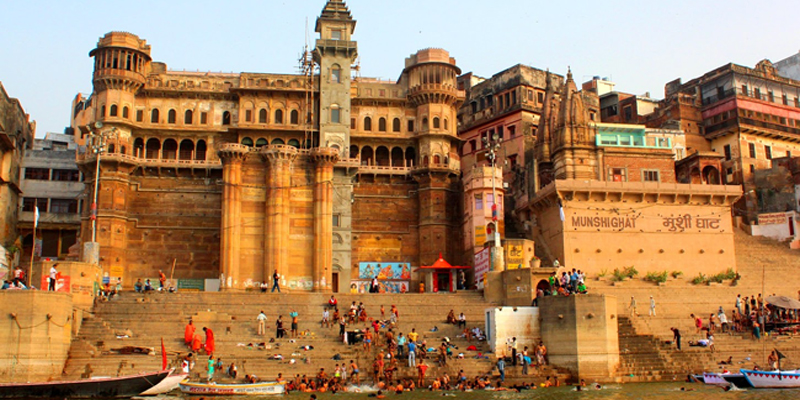
One of the most famous ghats in Varanasi is the Darbhanga Ghat. This location has significant historical significance as it was the site of the great battle between the British army and the Raja Chet Singh in 1781 AD. This fort is a perfect example of Maratha architecture. During the Maharaja of Dharbhanga’s reign, the fort was renovated and the first elevator was installed in South Asia.
Dharbhanga Ghat is probably the most photographed ghat in Varanasi. The palace that was constructed here by the royal family of Bihar in the early 1900s has been converted into a hotel.
Another popular ghat in Varanasi is the Sankata Ghat. This ghat is home to several religious activities. There is a temple dedicated to Goddess Sankhata, which is visited every day by locals and tourists. It is also the site of cremations. The Dharbhanga Ghat was reconstructed in 1780.
Scindia Ghat
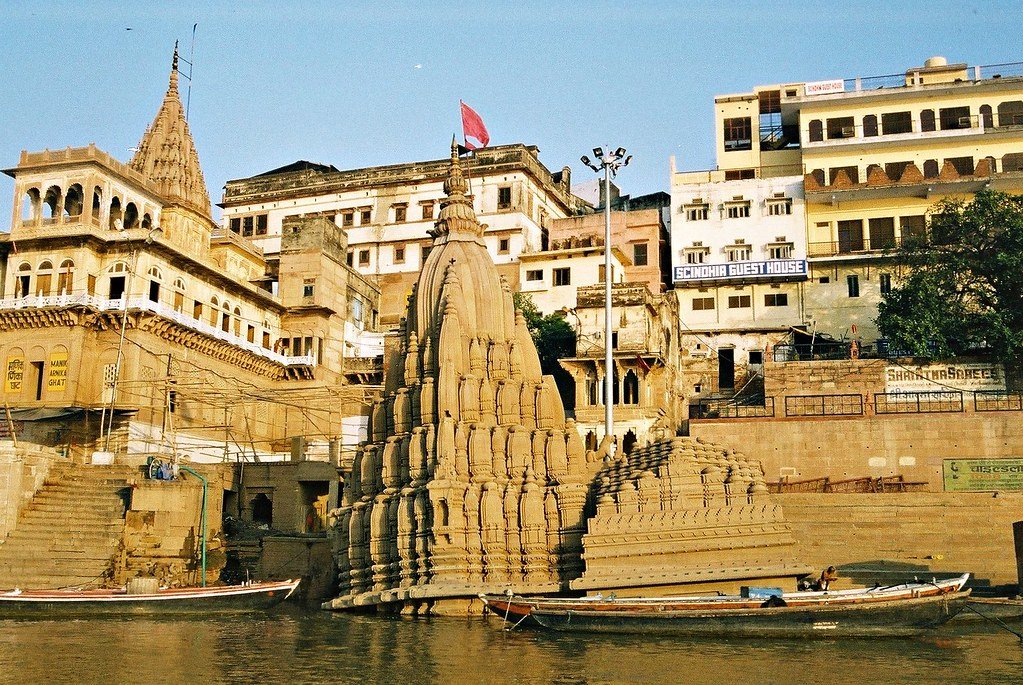
One of the most important ghats in Varanasi is the Scindia Ghat. Originally known as Viresvara Ghat, it was fortified by Daulat Rao Scindia in 1937. It is believed that Agni was born here. It is a less crowded bathing ghat, and is a popular spot for holy bathing and festival events.
The Scindia Ghat is noteworthy for the partially submerged shrine of Lord Shiva. To the north, you’ll find the Manikarnika Ghat, and 1.2 km to the south is the Dashashwamedh Ghat. It is a sacred location to pilgrims and is known for the Ratneshwar Shiva Temple, which is currently drowning in the River Ganga.
Lalita Ghat

If you’re looking for a peaceful, spiritual experience, you’ll find it at Lalita Ghat. This famous Hindu ghat is also associated with Lord Shiva and the Ganga Kesava, and is the site of the shrines of Goddesses Lalita and Gangatitya. Visitors are usually assisted by pilgrim priests. A boat ride down the river is an excellent way to experience the Ghats, as is photography. It’s also an ideal place for an artistic experience, as the Nepali Temple is known for its unique architecture and sculptures similar to those found in Khajuraho.
Ahilyabai Ghat
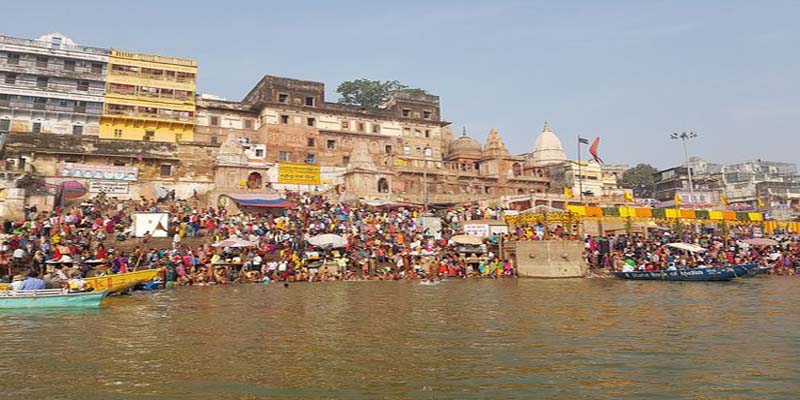
The Ahilyabai ghat in Varadanasi is a popular destination for religious bathing rituals. The name Ahilyabai is derived from Queen Ahilyabai. The ghat is situated right next to the river Yamuna. This part of the city is surrounded by Hindu temples, which is the reason why bathing rituals are performed here.
The ghat is the first ghat to be named after a person, Ahilyabai Holkar, a warrior queen of Indore. This ghat is the most popular spot in Varanasi, and it is best visited early in the morning. Many worshippers take a holy dip in the river to purify their souls, which is believed to result in moksha.
The ghat is also a place where Hindus perform the last rites of cremation. This sacred site is believed to cleanse the soul of all sins and bring about salvation. It is also home to the Manikarnika Ghat, where Mata Sati sacrificed her body to the fire and lost her ear-jewel. Thousands of people come to offer homage to the goddess.
Suggested Tour Packages
Shivala Ghat
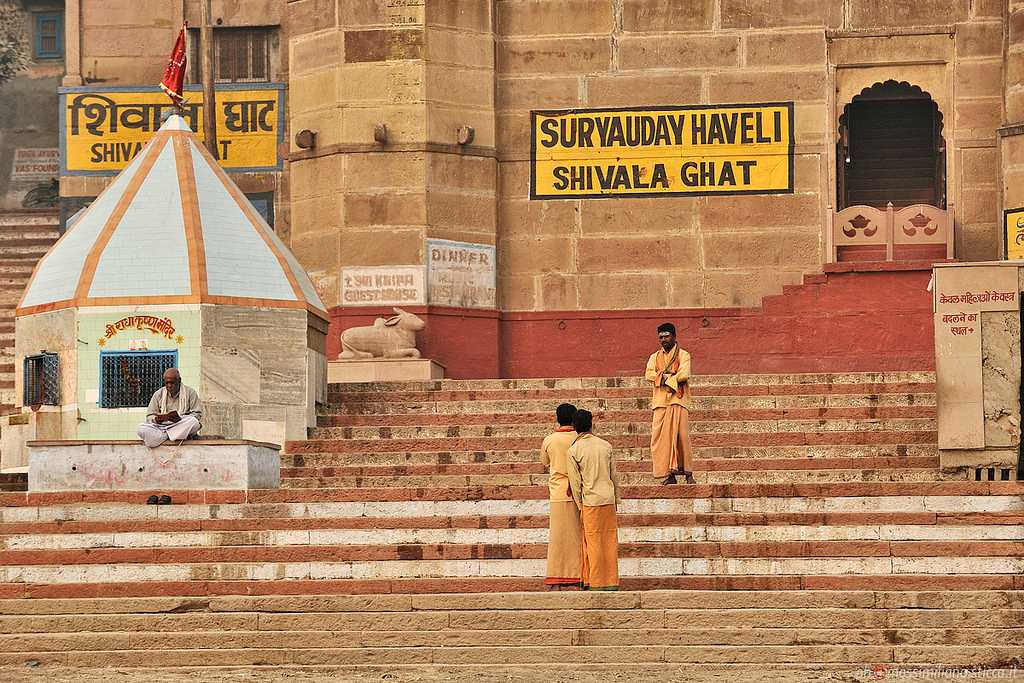
During the medieval times, Shivala Ghat in Varanasi was a prominent site. King Sanjay Vikram Shah built a temple here to worship Lord Shiva, which today defines the aesthetics of the ghat. Many pilgrims take a holy dip here. Water buffaloes often line the ghat. Besides the Shivala Ghat, the Mother Teresa Institute of Charity is located nearby.
A visit to the ghat is considered a must for the history buffs and those who are in love. The ghat is decorated with beautiful Hindu Deities. The river itself is an important place of worship for the Hindus, and a visit here is truly unforgettable. Listed below are some of the top sights and activities in Varanasi: The Shivala Ghat is one of the finest large ghats in Varanasi. Its location makes it a favorite for pilgrims, and the Shiva Temple is one of the city’s most sacred sites. This temple is one of the most famous in Varanasi, and is famous for its architectural grandeur. While the main ghat is the most popular and bustling, the Shivala Ghat is less crowded than other Ghats. Taking a dip at this ghat is believed to bring prosperity and blessings.

